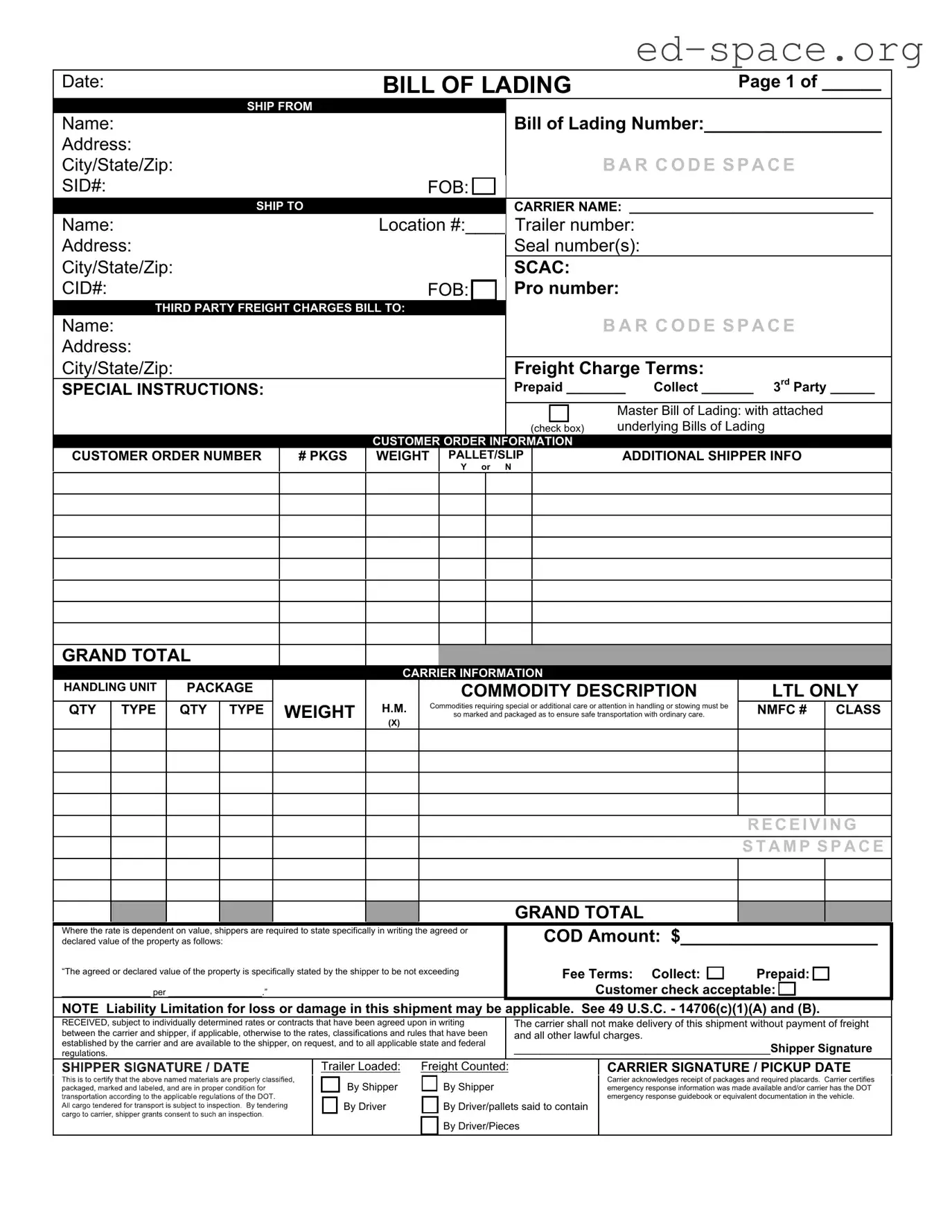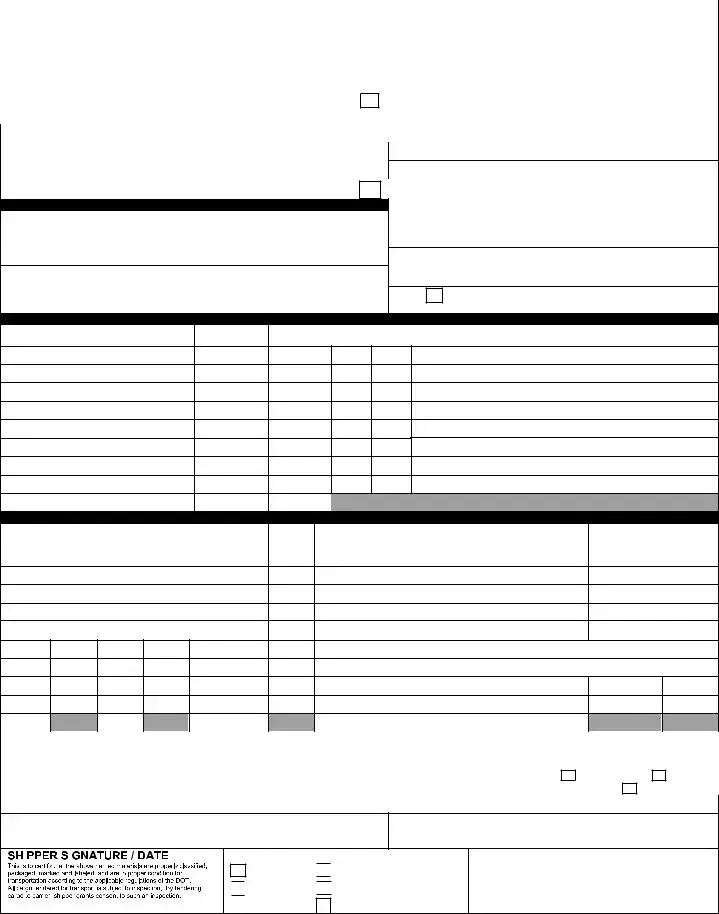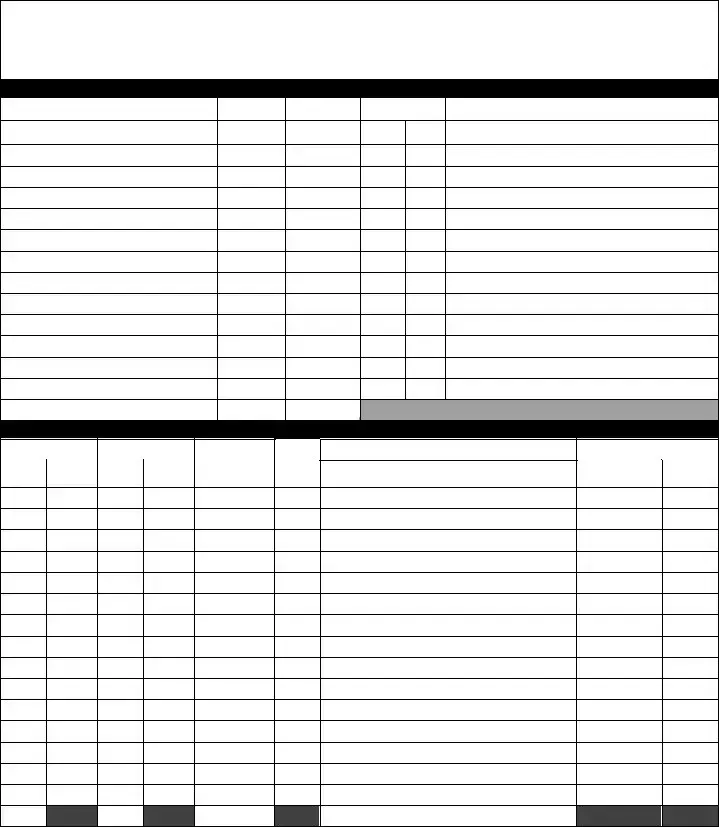What is a Bill of Lading with a Supplement form?
A Bill of Lading with a Supplement form is a legal document used in the shipping industry. It serves as a contract between the shipper and the carrier detailing the type, quantity, and destination of the goods being shipped. The supplement form includes additional information or modifications that are not covered in the original Bill of Lading.
Why is the Supplement form necessary?
The Supplement form is necessary when changes need to be made after the original Bill of Lading has been issued or to provide detailed information not included in the original document. This could be due to changes in the shipment details, corrections, or additional terms agreed upon between the shipper and carrier.
How does one obtain a Bill of Lading with a Supplement form?
Usually, the carrier or the shipping company provides the Bill of Lading with a Supplement form when the service is requested. It can also be obtained through shipping agents or by using templates available online. However, it is crucial to ensure that any form used meets the legal requirements and industry standards.
What happens if the information in the Supplement form contradicts the original Bill of Lading?
In cases where the information in the Supplement form contradicts the original Bill of Lading, the details in the Supplement form usually take precedence. This is because the Supplement form is intended to reflect the most current and accurate details of the agreement between the shipper and the carrier. However, any contradiction should be clearly indicated and agreed upon by both parties to avoid disputes.
Can anyone other than the original parties make changes using the Supplement form?
Typically, changes to the shipping agreement documented in the Bill of Lading must be approved by both the original shipper and the carrier. Depending on the terms of the agreement and the nature of the changes, third parties such as customs agents or legal representatives may make changes, but this should only occur with the explicit consent of the original parties involved.
Is a Bill of Lading with a Supplement form legally binding?
Yes, a Bill of Lading with a Supplement form is legally binding. It serves as evidence of the contract between the shipper and the carrier regarding the transport of goods. The information contained in both the original Bill of Lading and the Supplement form are critical in case of disputes, loss, or damage claims, making it an essential document in the shipping process.


 to certify that the above named materials are properly classified, packaged, marked and labeled, and are in
to certify that the above named materials are properly classified, packaged, marked and labeled, and are in proper condition for transportation according to the applicable regulations of the DOT.
proper condition for transportation according to the applicable regulations of the DOT.
 By Shipper
By Shipper
 By Driver
By Driver 
 By Driver/pallets said to contain
By Driver/pallets said to contain